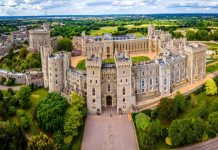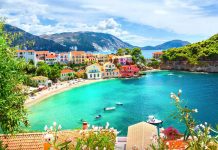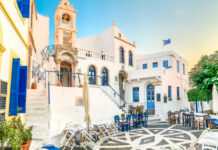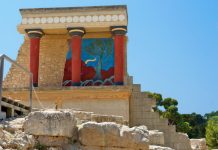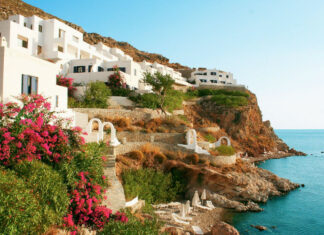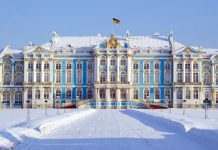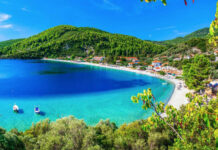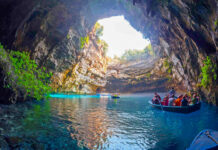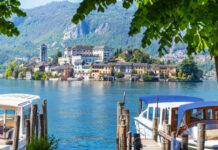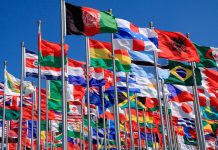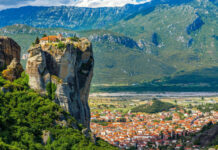5Reykjavik, Iceland
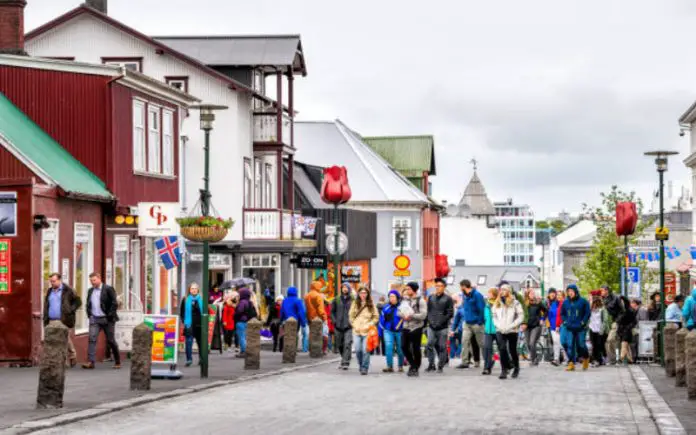
Iceland’s capital, Reykjavik, saw a massive tourism boom after the 2010 eruption of the Eyjafjallajökull volcano brought global attention to the country’s stunning natural landscapes. While the surge in tourism has bolstered the local economy, it has also put significant strain on the environment and infrastructure. In response, Iceland has started to promote more sustainable tourism, encouraging visitors to explore less popular regions and discouraging harmful behaviors like off-road driving that damage fragile ecosystems. Reykjavik itself has become a symbol of the balance between preserving natural beauty and managing the influx of tourists responsibly.


